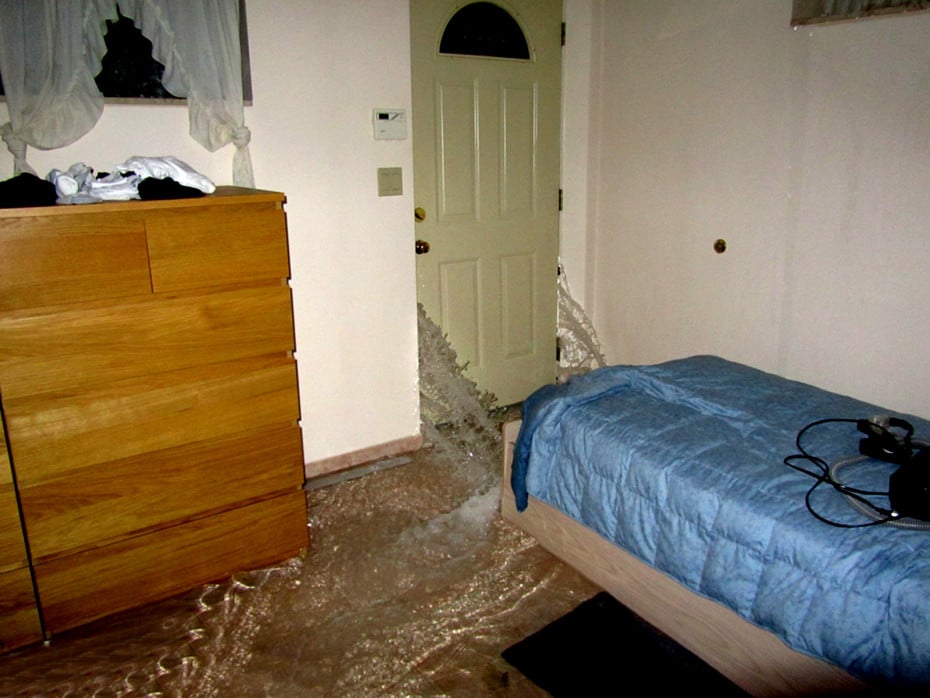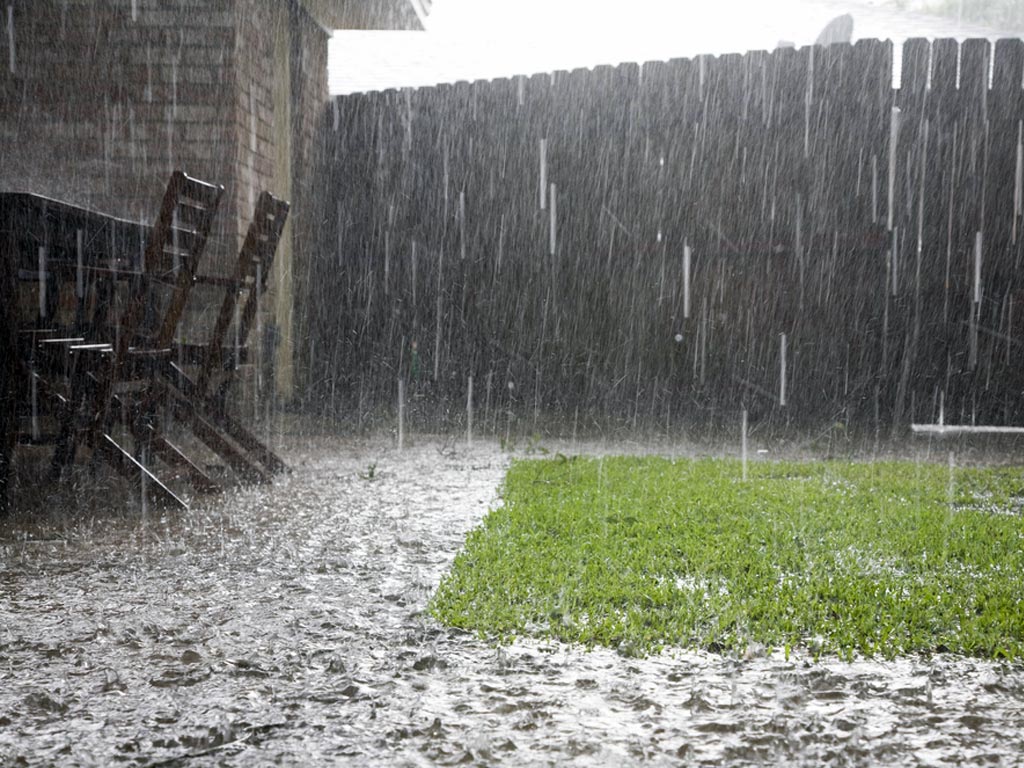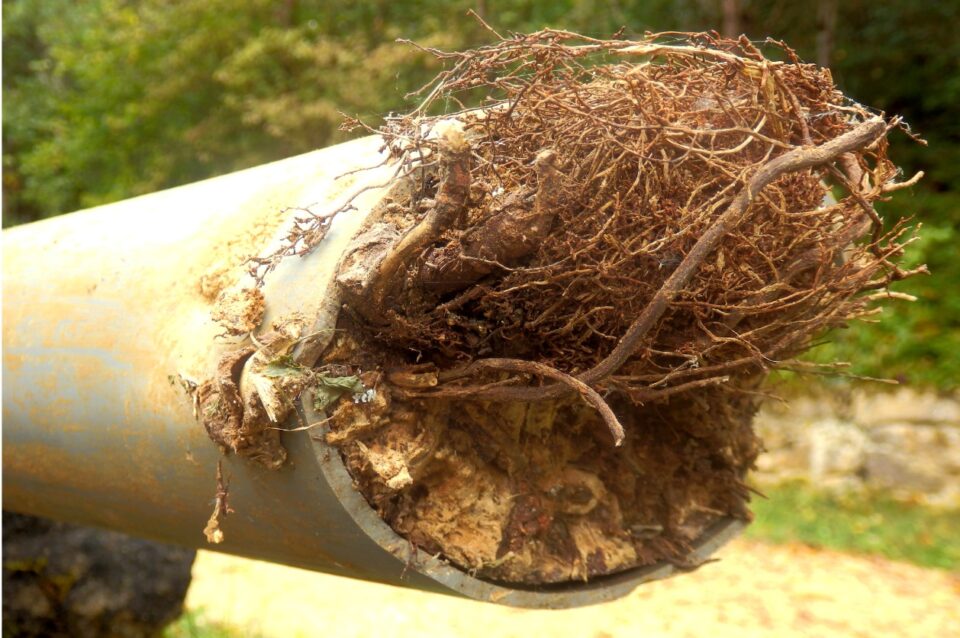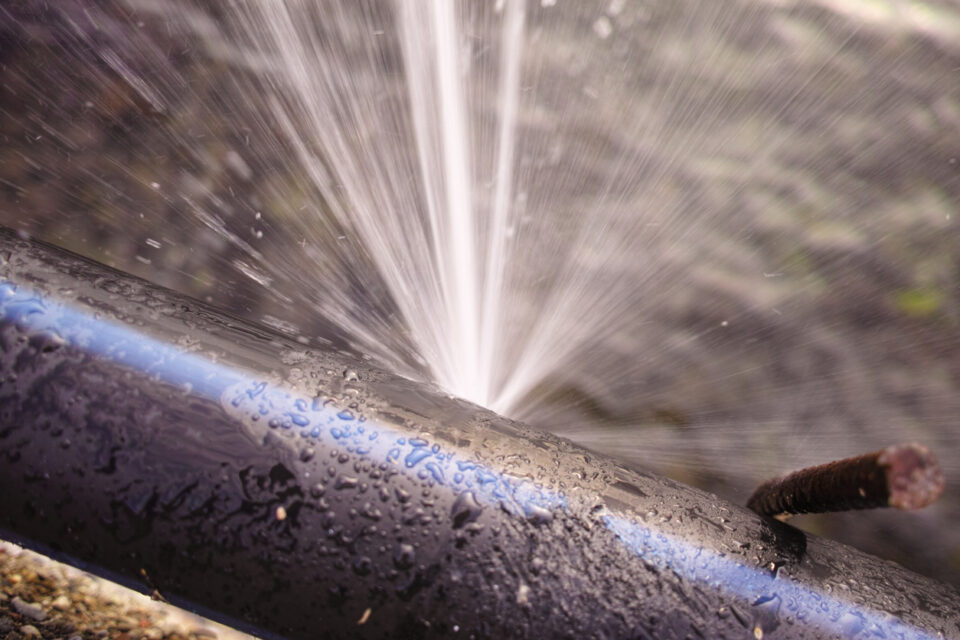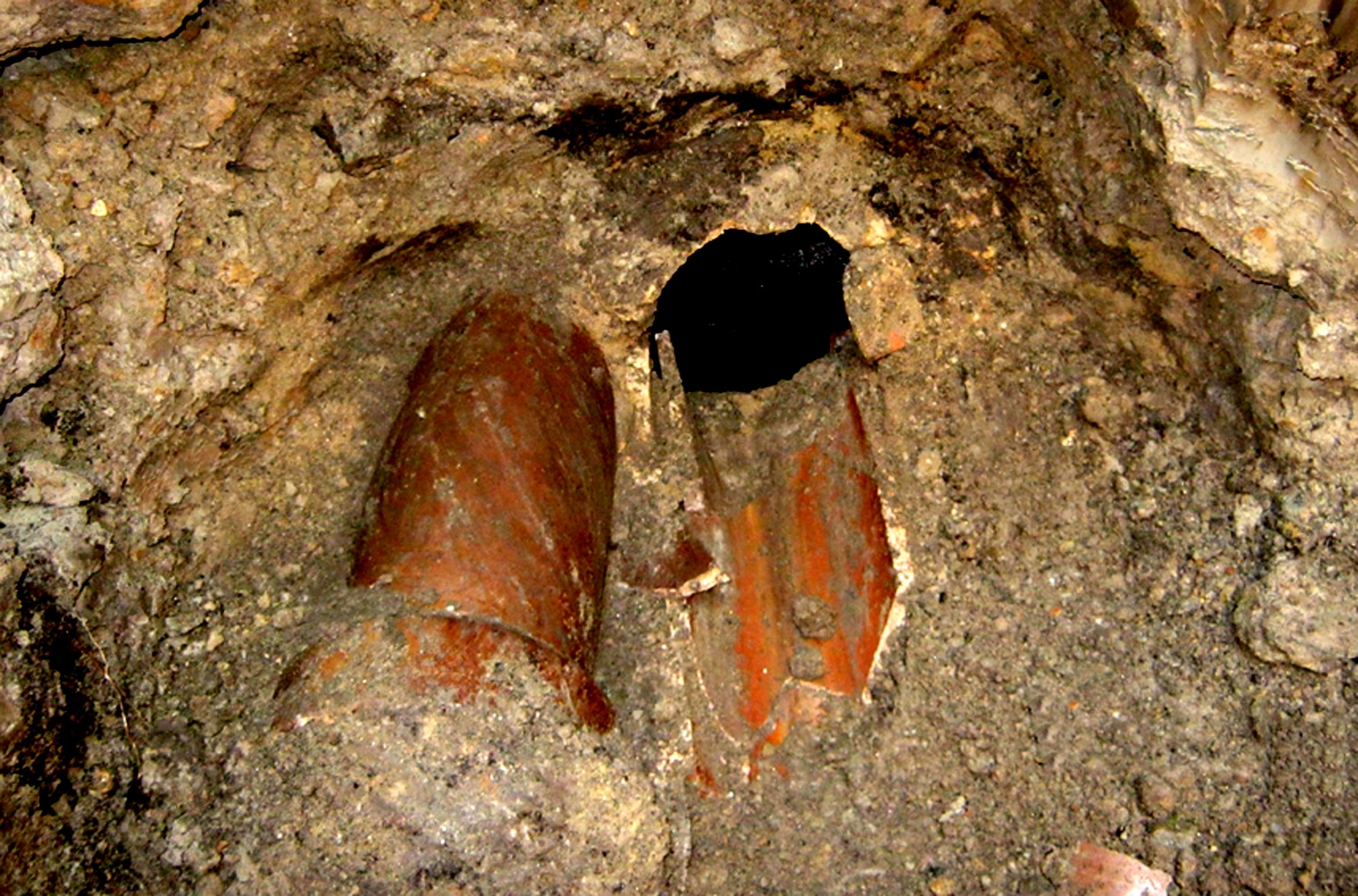Among the times that we experience frequent emergency service calls for a Queens sewer is following heavy rains or when a snow melt occurs rapidly. Emergency situations occur during these times because municipal sanitary sewers often end up with more water and debris than normal, often overtaxing the system. Excess water flows backward through your home’s sewer line and into the basement or through plumbing fixtures such as toilets on the lower level.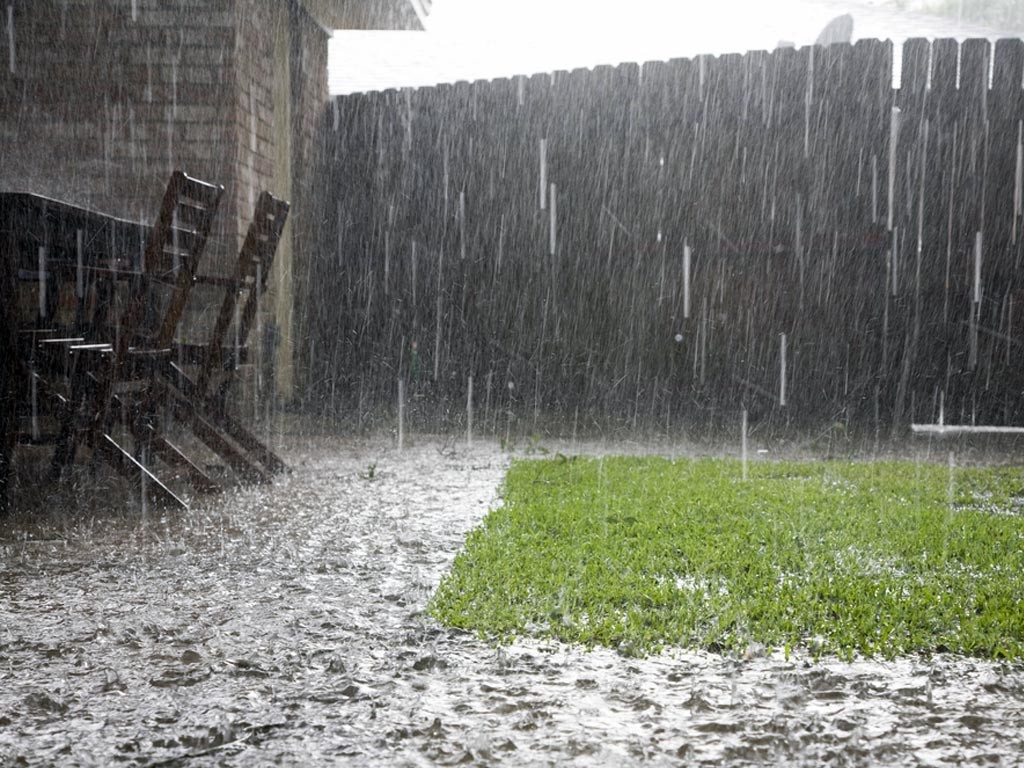
How to prevent sewer backups from backwater
If your area is prone to sewage backups in such situations, you have several options to help prevent them from occurring. Each condition in which sewer backups occur can be unique. Thus the solution must be on-point as well.
Prevent sewer backups from floor drains
One of the best preventive measures is to have a professional contractor plug all of the floor drains, which are usually at the lowest point in your building. Of course this can only be done if the floor drains serve no purpose, and plugging them does not violate any code.
If the floor drains must remain, another option is no install check valves in front of each drain. A drain check valve will allow water to run out of the drain as designed, but prevent water from back-flowing out of the drain.
Prevent sewer backups from plumbing fixtures
Sewage will enter first through the lowest point, then travel to plumbing fixtures as the backup becomes more severe. Therefore plugging floor drains, can allow water to rise and exit from plumbing fixtures located in the basement.Short of removing a bathroom existing in the basement, sewer check valves may have to be installed. A better, and final solution, may be installing a main house sewer valve. This is detailed below.
Prevent sewer backups from public sewer surcharges
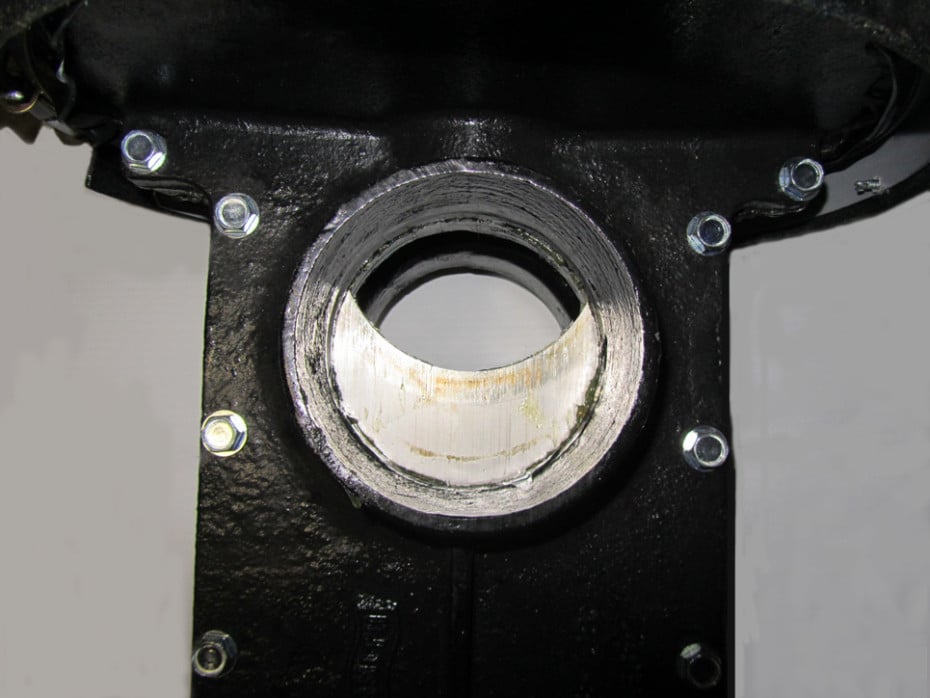 Another option is the installation of a main sewer line backwater prevention valve, available in manual or automatic types. These devices isolate your home or business from sewage back-ups from the public sewer. Automatic valves automatically close when sewage reaches a certain level, while manual ones can be closed at the first sign of trouble.
Another option is the installation of a main sewer line backwater prevention valve, available in manual or automatic types. These devices isolate your home or business from sewage back-ups from the public sewer. Automatic valves automatically close when sewage reaches a certain level, while manual ones can be closed at the first sign of trouble.
Remember, however, that when these sewer valve devices are closed you will not be able to use the building’s plumbing system unless you also have a pump bypass installed. For more information about sewer valve types and installation visit: Automatic sewer backwater valves
Check your underground house drain
It is important for a professional to assess the state of the sewer piping below the floor, known in the trade as a house drain. Try to ensure that it is strong enough to withstand the “plugging”, or blocking, of the sewer backwater, as build-up creates pressure that can rupture weak pipe joints or damage floors. Old drain pipes might not have 100% water tight joints, which is not really an issue. But extremely porous pipe joints can release excessive amounts of backwater, which will defeat the purpose of the check or gate sewer valves.
Sump pumps
Sump pumps are also useful for keeping sewage at bay. Grey water sump pumps regularly move water used in your household out to the sanitary sewer while ground water sump pumps help move water that pools underneath your home from precipitation to the outside. Make sure that the pipe removing the water directs it away from your home. Installing pumps is a skill that should be performed by knowledgeable professional. There are a vast array of pumps available, only a pro will know which is best for your situation.
Check roof leaders and gutters
Similarly, check your gutters to make sure that rain water is directed away from your home. For instance, sometimes the outlet portion of the leader has to be extended away from the foundation wall. In some cases a french drain is advisable to be installed inside or outside your home. The more that you can direct precipitation away from your home, the more you will be able to avoid and prevent sewage backups. Contact Balkan Drain Cleaning for other ways to minimize potential sewer and water main problems.
